Sea cockroach: a strange creature often found in canned fish (8 photos)
Did you know that when you buy a can of canned herring, there is always a chance to buy a cockroach along with the fish? No, it's not about unsanitary conditions. It’s just that this cockroach is not a simple one, but a sea cockroach. 
Lucky people who came across our hero, write in the comments and describe your first emotions. In the meantime, we’ll tell you what the hell it is, what it’s eaten with, and how it ends up on the shelves. 
Why are you screaming? I just came to wish you bon appetit!
Let’s say right away: the sea cockroach, also known as the sea cockroach, is not actually a cockroach. Despite all the external and behavioral similarities, this arthropod is a cancer. And quite ancient: our friend has survived since the Ice Age and remembers how the Baltic Sea was a glacial lake. 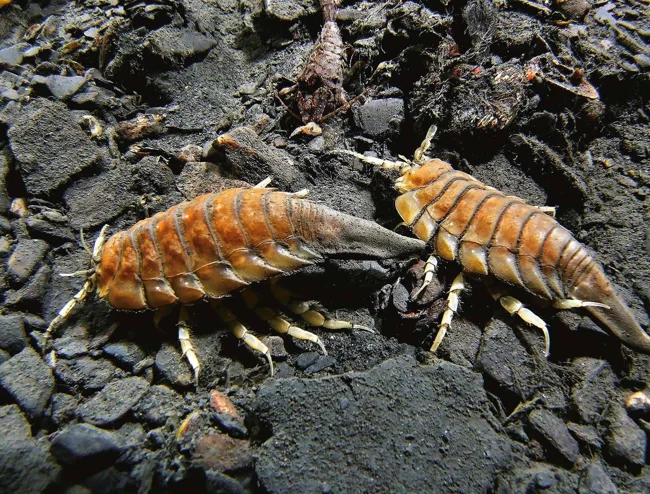
- Eh, do you remember how hairy elephants walked on the ground? - Yes-ah, now the elephants are not the same... They have become smaller and bald...
Now the cockroach lives in the cold northern waters of the Pacific and Arctic Oceans. Of the Baltic crustaceans, sea cockroaches are the largest; the tenacious paws of researchers have caught specimens up to nine centimeters in length. But you are unlikely to be able to see it: our friend prefers to live at the bottom, somewhere 300 meters from the surface. 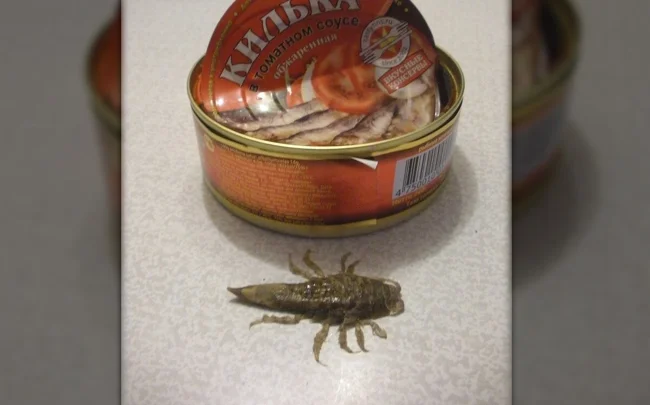
Human! Take me back to the bottom...
The appearance of the animal that survived the ice age is harsh and minimalistic: the chitinous armor of a protective color allows it to blend in with the sand at the bottom. There, in the twilight of the depths, an insatiable cancer forever wanders in search of food. Shutters have something in common with Prussian cockroaches in terms of their lack of food supply: they eat everything that is not secured with anchor bolts. Cannibalism and eating dead relatives is also common. 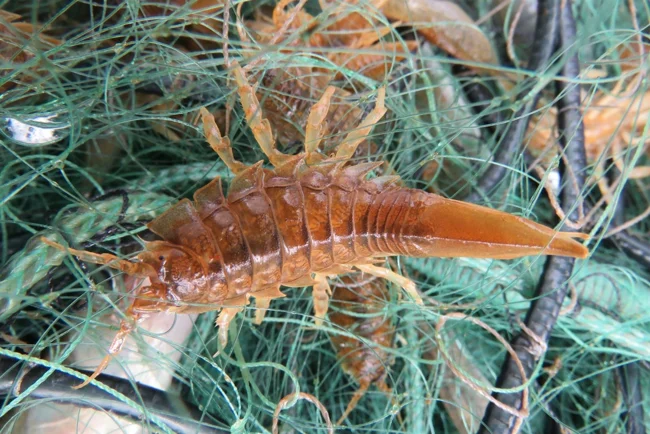
They were caught biting into the fish.
Fishermen do not specifically blame fishermen for spoiling their catch in the net. Herring is especially hard on them: the armored evil spirits naturally gnaw off the caught fish, like the Colorado potato beetle gnaws on potato tops. Actually, somehow they end up in canned food, having slipped through at the stage of sorting raw materials. However, after heat treatment, this bonus, minus the shell, is quite edible. 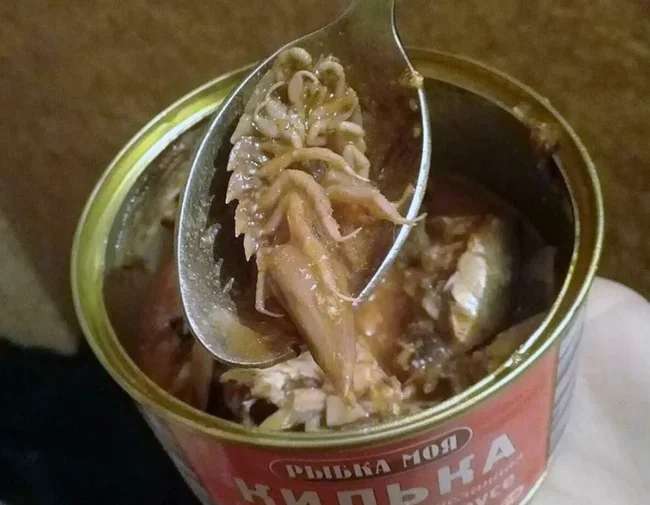
Budget option for king prawn.
But unlike house and head cockroaches, cockroaches also do useful things. And simply by the fact of its existence! The main food of sea cockroaches is their relict species, the crustacean monoporea, whose young are very sensitive to the lack of oxygen in the water. Thus, staves act as an indirect marker of the well-being of their environment. As long as they are in place with the monopores, everything is fine at sea. 
By the way, sea cockroaches themselves are a favorite treat for cod, flounder and other fish.
On the shore, staves can be seen after storms in spring and summer. At this time, an uncontrollable craving for the opposite sex awakens in the harsh inhabitants of the bottom, and they go to make friends with organisms in shallow water. 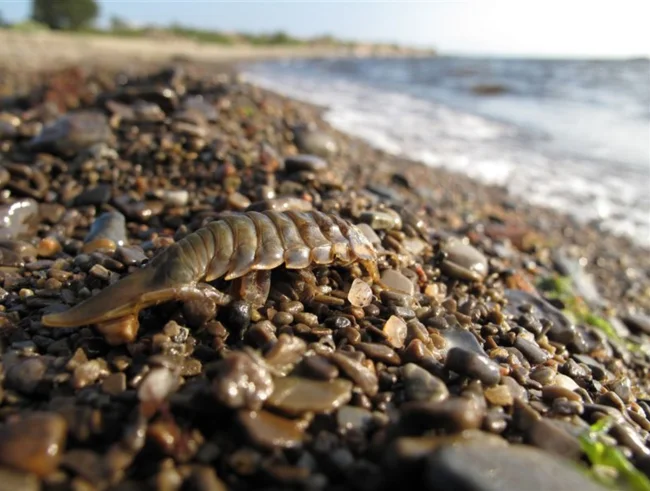
Even cockroaches arrange a romantic date for their ladies on the seashore!
Larvae - nauplii - soon emerge from the eggs laid in the sand. Their task is to grow and build up chitinous armor faster than becoming lunch for other sea inhabitants. Those who cope with it live for about three years and make a feasible contribution to the development of the relict gene pool.
